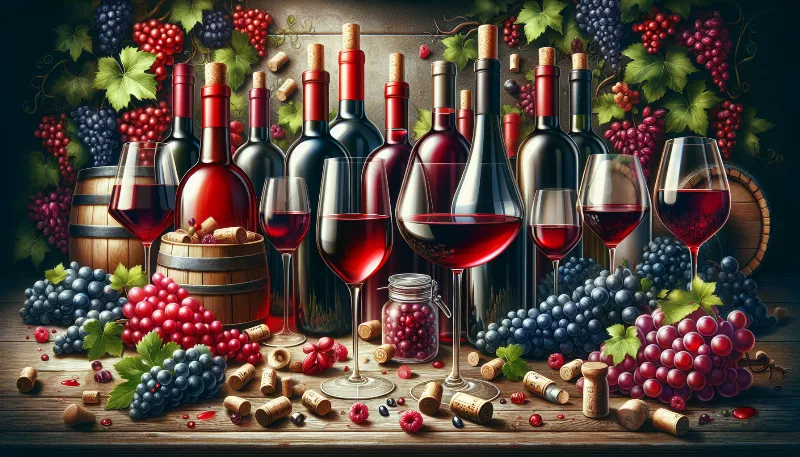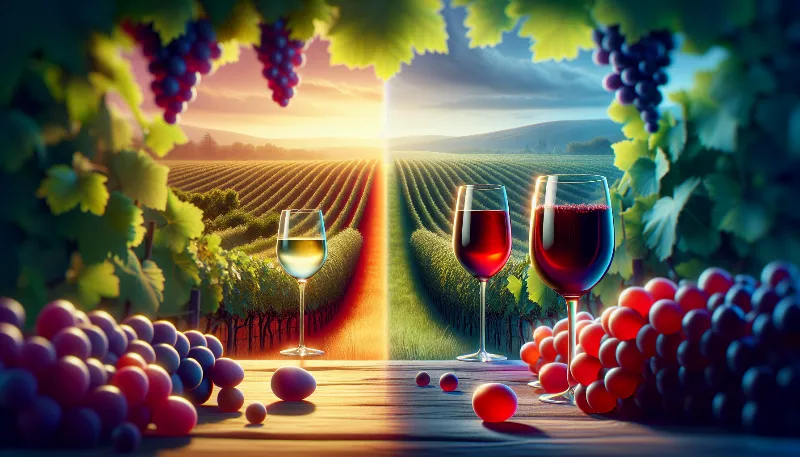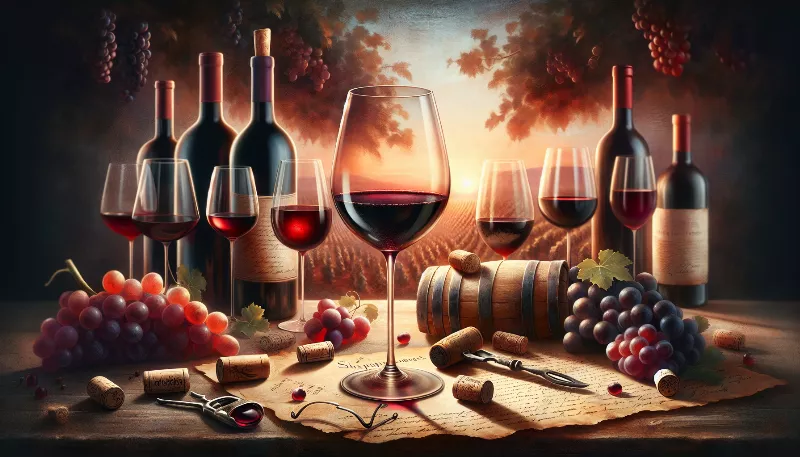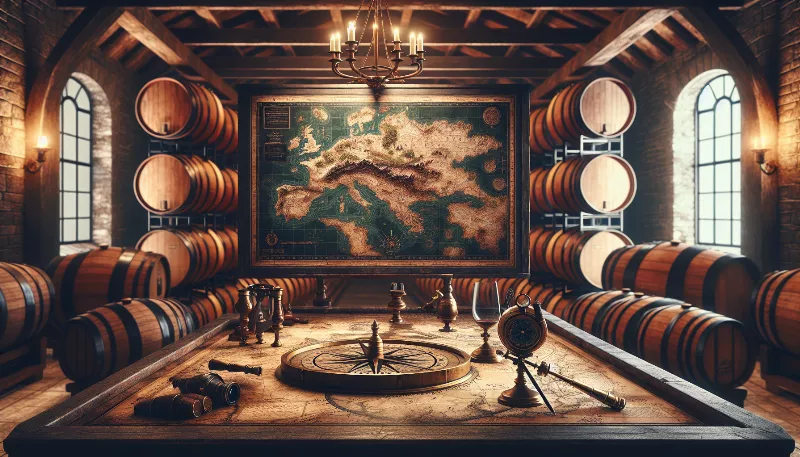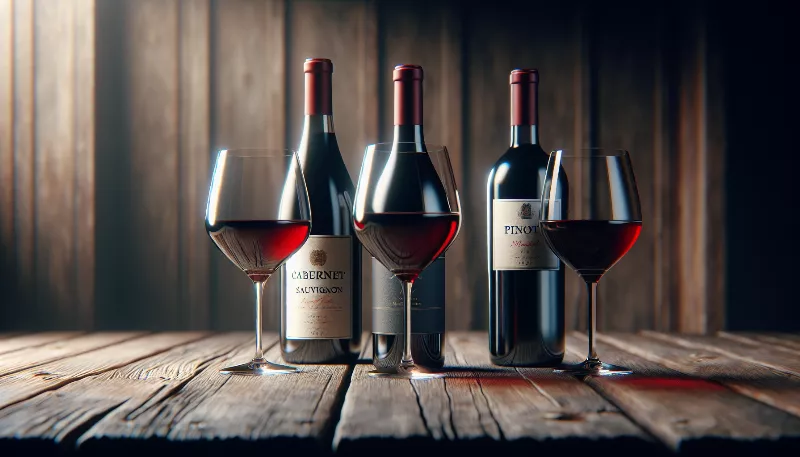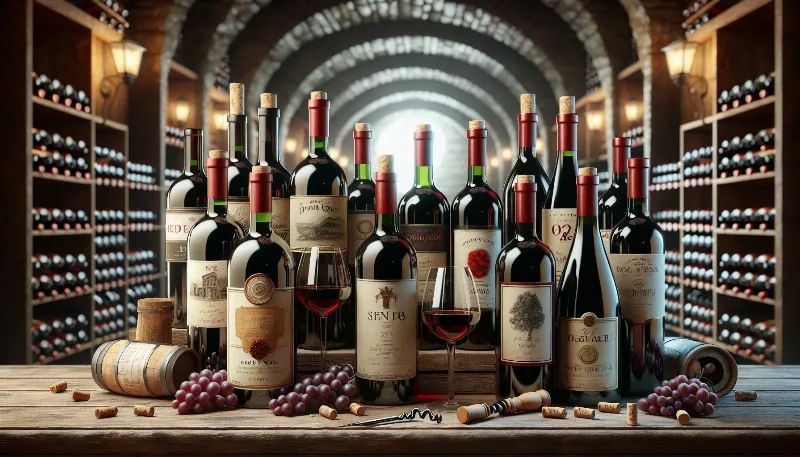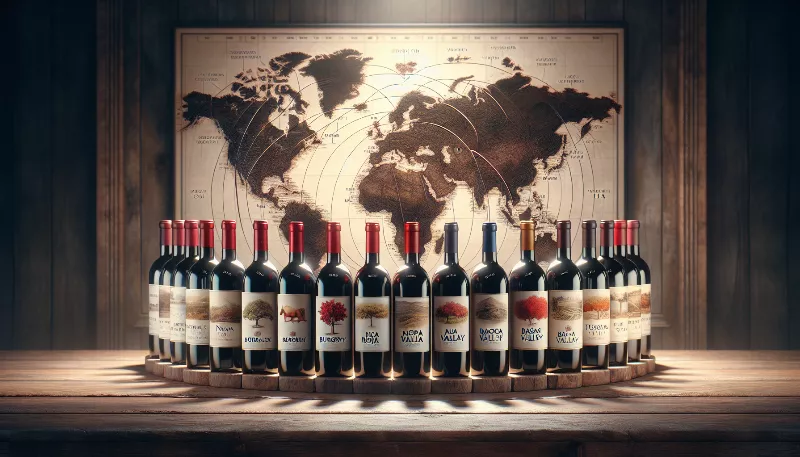Barrels & Bottles: A Guide to Mastering Red Wine Maturation
Unlock the secrets of red wine aging with our expert guide on barrel and bottle maturation. Elevate your wine knowledge today!
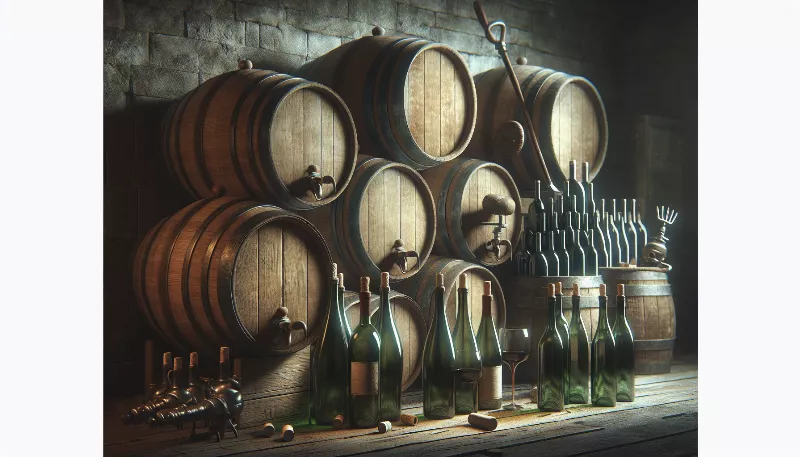
Embark on the Journey of Red Wine Maturation
Welcome, oenophiles and aspiring vintners! You're about to embark on a fascinating journey through the art and science of red wine maturation. The process of aging red wine is both an ancient craft and a modern marvel, where time-honored traditions meet cutting-edge techniques. Whether you're nurturing a personal barrel in your cellar or simply seeking to deepen your appreciation for the complexities of a well-aged bottle, this guide will illuminate the path to mastering the maturation of red wine.
The Magic of Oak Barrels
At the heart of red wine maturation lies the venerable oak barrel. For centuries, these wooden vessels have been the cornerstone of wine aging, imparting nuanced flavors, tannins, and a certain je ne sais quoi that can only be achieved through the symbiosis of wine and wood. The choice of oak—be it French, American, or Eastern European—along with the level of toasting applied to the interior staves, plays a pivotal role in shaping the final character of your wine.
But it's not just about picking the right barrel; it's about understanding the dance of oxygen and wine. As red wine ages within the porous confines of oak, it undergoes subtle oxidation. This controlled exposure to oxygen is crucial, as it helps soften tannins and develop complex flavor profiles. The barrel's size and age also influence the rate of maturation, with smaller, newer barrels offering a more pronounced oak influence over a shorter period.
Bottling the Essence
When the time comes to transition from barrel to bottle, the wine must be treated with the utmost care. Bottling is not merely a means of storage; it's the final stage of maturation. The type of bottle, the quality of the cork, and even the bottle's position during storage—all contribute to the evolution of the wine's flavor and longevity.
In the bottle, red wine continues to mature, albeit at a slower pace than in the barrel. The absence of significant oxygen exchange means that the wine's development is now driven by the slow interplay of its own chemical components. Over time, the tannins polymerize, the fruit notes mellow, and secondary characteristics like earthiness or spice can emerge, adding layers of complexity to the palate.
Temperature and Time: The Maturation Maestros
Two critical factors in red wine maturation are temperature and time. Consistent, cool temperatures are essential for maintaining the wine's integrity and promoting graceful aging. Fluctuations in temperature can lead to premature aging or, worse, spoilage. As for time, patience is indeed a virtue. While some red wines are crafted for immediate enjoyment, others demand years—or even decades—to reach their full potential. The winemaker's vision and the inherent qualities of the grape varietal will dictate the optimal aging timeline.
Decanting: The Final Flourish
Once a bottle of red wine has been deemed ready for consumption, the act of decanting can make all the difference. Decanting serves a dual purpose: it separates the wine from any sediment that may have formed during maturation, and it aerates the wine, allowing it to 'breathe' and fully express its bouquet and flavors. This simple yet ceremonial step can elevate the tasting experience, ensuring that each sip reflects the care and expertise invested throughout the maturation process.
Embrace the journey of red wine maturation, and you'll discover a world of depth and nuance waiting to be unlocked. From the selection of the perfect barrel to the moment the wine graces your glass, every decision is a step towards creating a masterpiece. Cheers to your adventure in the noble art of aging red wine!
